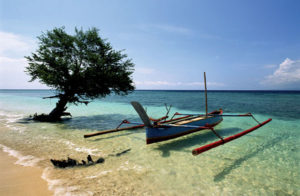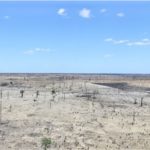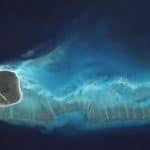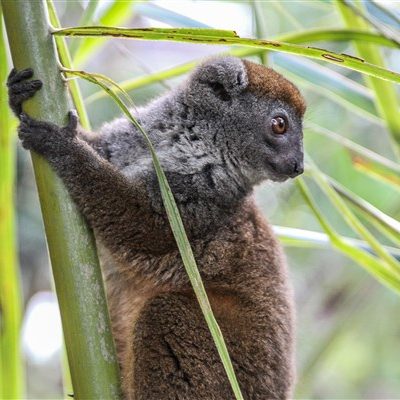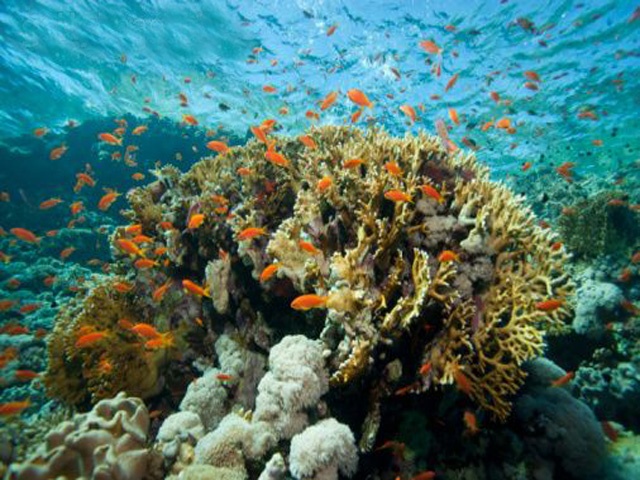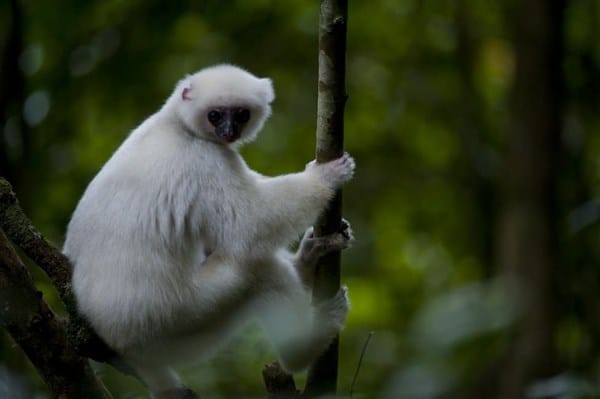Tulear or Toliara, the city of the sun
Paradise destination for travelers, the city Toliara, from the French Tulear is the capital of the south of the Big Island. It is located on the Tropic of Capricorn and offers its visitors a very exotic and warm place. Vacationers appreciate the city for the friendliness and warmth that the locals offer them. The city is rich in culture and benefits from sunshine all year round. This has earned it the name "City of the Sun".
The way to the hot city
The city of Tulear is located in the extreme south of Madagascar, bordering the Mozambique Channel. To get there, drive the RN7 southbound or for very adventurous visitors, the splendor of the slopes along the west coast.
Tulear is from Antananarivo separated by a long road that stretches over 1,000 km. As a cosmopolitan 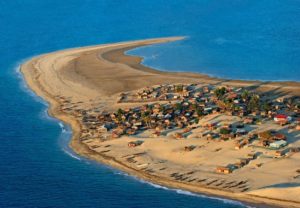
During your expedition to the great south of Madagascar on the RN7, you will inevitably pass through the town of Antsirabe drive. Where agriculture is the main activity. If you go further, you will be fascinated by the beauty of the landscape, unique in the south of the island. As you pass through Ambositra, you will appreciate the know-how of the local craftsmen. The finesse with which they work the wood can only impress you. The city Fianarantsoa will not leave you indifferent with their local products. The contrasts will not stop changing, and once you get into Ambalavao arrive, the vineyards of the region will allow you to appreciate the richness of the city in terms of wine. So many discoveries rich in flavor, culture and encounters on the way to Tulear. After Ambalavao you will pass by the gate of the South and then the rocky mountain landscape will leave room for endless savannahs.
Places to visit in Tuléar
Once you arrive in Tulear, you will not lack for activities. There is so much to see in the city of the sun. You can learn more about the cultures and traditions of the region. The funerary art of the south is also part of Madagascar's cultural wealth. In order not to skip any steps, you can already start visiting the most interesting sights of the city.
The Honko or the Mangrove Reserve
When you arrive in Tulear, you cannot end your stay without visiting the Honko to visit. The reserve is located halfway between Tulear and Ifaty. It is the most important mangrove reserve in the region. On site, you have the opportunity to admire a picturesque landscape from a viewpoint located 4 meters above the channel and the park. In addition, the reserve offers its visitors many activities such as kayaking, trekking and hiking. But above all, it is the discovery of the 35 different species of rare birds and the 7 species of mangroves that is the main attraction. The richness of the ecosystem in the reserve will reveal a whole new facet of Madagascar that you will never have suspected.
The arboretum of Antsokay
A walk in the Antsokay arboretum will allow you to discover an endemic flora that you can only 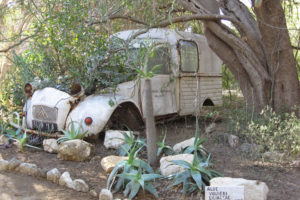
To get there, you need to take the RN7 north for about 12 km and then turn right. During your walk in the park you will meet some of the reptiles and mammals that reside here throughout the year.
This is the one must-see attraction in Tulear. It is essentially a 400,000 square meter collection of 900 species of plants, covering the vegetation of the entire thorn forest in one place, which is of course a must-see for botanists and botanical trips is a blessing. Take a guide (tip expected) to learn more about the weird and wonderful plants that can be seen here.
Fishing villages
Located 25 km from Tuléar, the Ifaty / Mangily is a fishing village on the Malagasy coast whose idyllic Surroundings will surprise you with its beauty. A swim in the turquoise sea, a walk on the beautiful golden beaches of the south will allow you to enjoy your vacation like never before. Moreover, it is possible to go diving and practice various water sports and even snorkeling as well as scuba diving.
There is also one of the most beautiful Baobab and thorn forests which is very easy to visit. Despite heat and very little rain, the biotope is incredibly rich in fauna and flora. Often during the relatively short visit you see more animals than in many a National Park.
The Reniala Park (the mother forest in Malagasy) is also known as the Domergue Reserve and covers almost 60 hectares. This forest of thorn bushes and baobabs is now a protected ecotourism area. It allows the observation of many unique species that live in the Malagasy bush. If you want to observe the wildlife, you must be early, because it is probably the only Time of day when you will have the opportunity to observe the strange animals of Madagascar among others one of the smallest birds of the island.
The duration of this hike can be very variable. It all depends on what you want. The classic ballad is sometimes made in the zebu wagon but this is not essential. The forest is dedicated to trees and medicinal plants and plays an important role for the fishermen of the Vezo villages. There you can find all the raw materials for the construction of their boats: balsa wood, delonix and baobab. Some plants would even help to intoxicate the fish when the fishing is too bad! The highlight of the visit will undoubtedly be the encounter with the ancestor of the forest, a baobab tree over 1500 years old.
Thematic tours around insects, birds or reptiles can also be organized, especially by the association Reniala, which works for the conservation of species. The Reniala Association is also a protection and research center for lemurs confiscated by the authorities.
The Banyan of Miary
In the village of Miary, which once belonged to the Masikoro ethnic group, the banyan is found. This tree of Indian origin is considered sacred by the locals. It is an impressive fig tree whose branches, like the roots, face the ground. Place of worship, the locals go there to gather and deposit offerings at the feet of the tree. To get there, you must drive about 10 km in a northeasterly direction from Tuléar. On the spot, you can also appreciate the taste of local products. The village lives mainly from agriculture. Sweet potatoes, cassava, mango and many other products of the country are predominant.
An atypical funerary art
The southern region is bounded by ancient traditions and beliefs. The tombs of Vezo have their own characteristics and are distinguished by the frescoes that decorate them and tell the story of the past life of the deceased. On the outskirts of the city is the tomb of King Masikoro. His remains have been buried there for more than 100 years. Also after Andranovory you will find many graves, but these places are mostly taboo even if many of them are located directly on the road.
The Vezo fishermen on the Mozambique Channel
The Vezo are a subgroup of the ethnic group of Sakalavas, one of the 18 in Madagascar. The Vezo are semi-nomadic coastal fishermen who live on the beaches of southwestern Madagascar. Their territory, which includes the villages of Anakao, Ifaty, Mangily, Sarondrano and Salary, is very large and extends for more than 300 kilometers of coastline. There is much speculation about their numbers and origins. They number about 60,000 and are believed to be of Indonesian origin.
The Vezo are primarily fishermen. Their most important working tool is the famous pendulum canoe, without which a 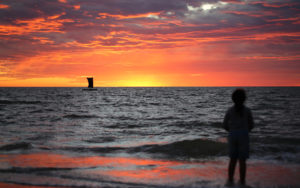
The relationship of the fishermen of Vezo to the sea is almost mystical. For the Vezo, the sea is a sacred place. They believe in a great anonymous god who administers the sea, as well as the spirits who inhabit and watch over it.
The Vezo are very attached to tradition. They have many fady (forbidden), continue to practice harpoon and net fishing, turtle fishing gives prestige to those who practice it, and sharing the spoils follows very precise rules. Rites for the dead are also highly respected; for example, a Vezo must be buried in the place of his birth so as not to break the lineage with his ancestors.
Vezo women make beauty masks from homemade natural powder. These masks clean their skin and protect it from the sun. Some of them decorate the masks with pretty motifs, mostly flowers.

